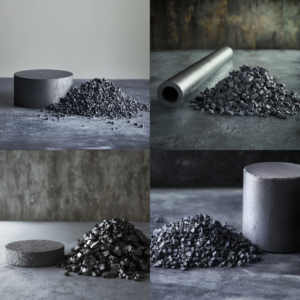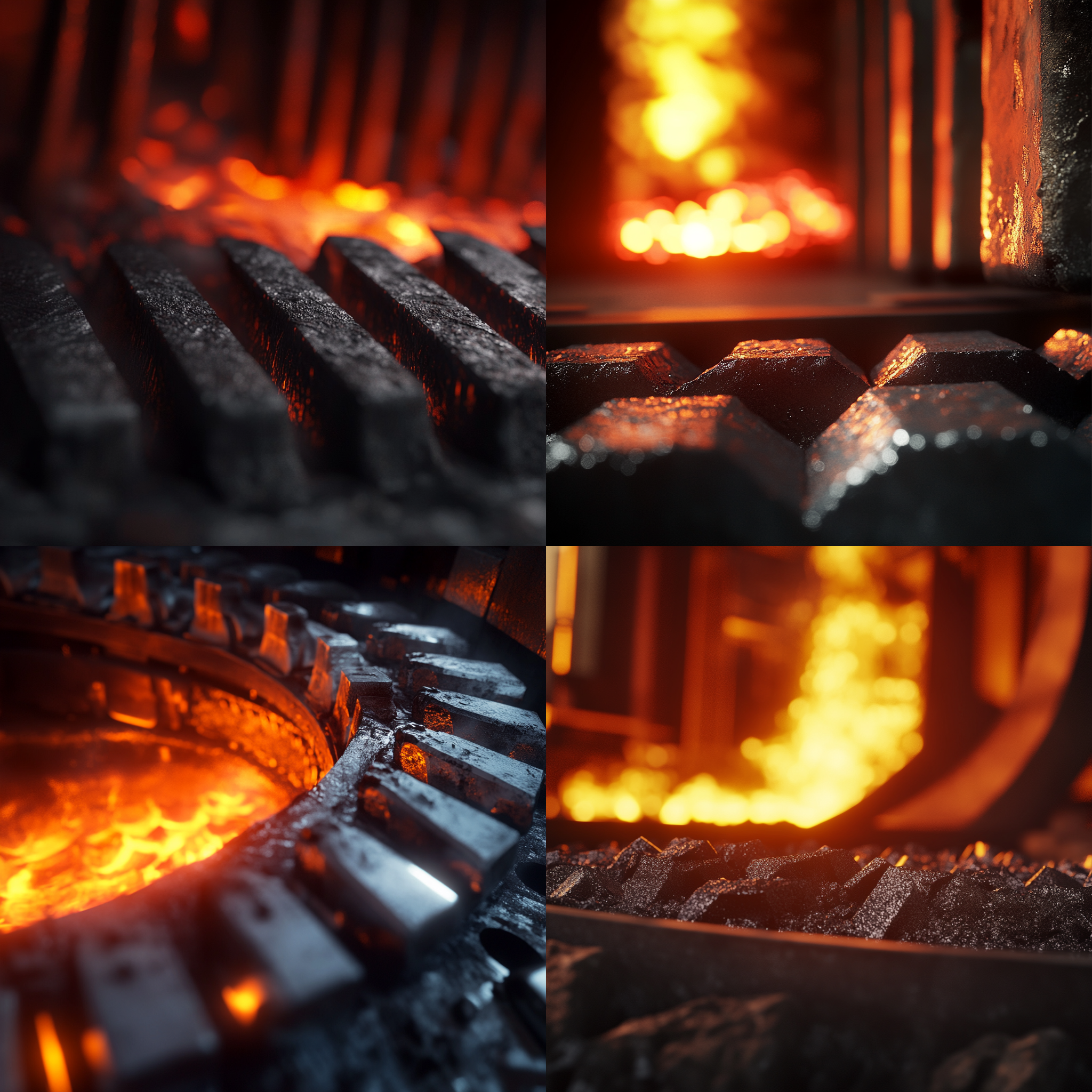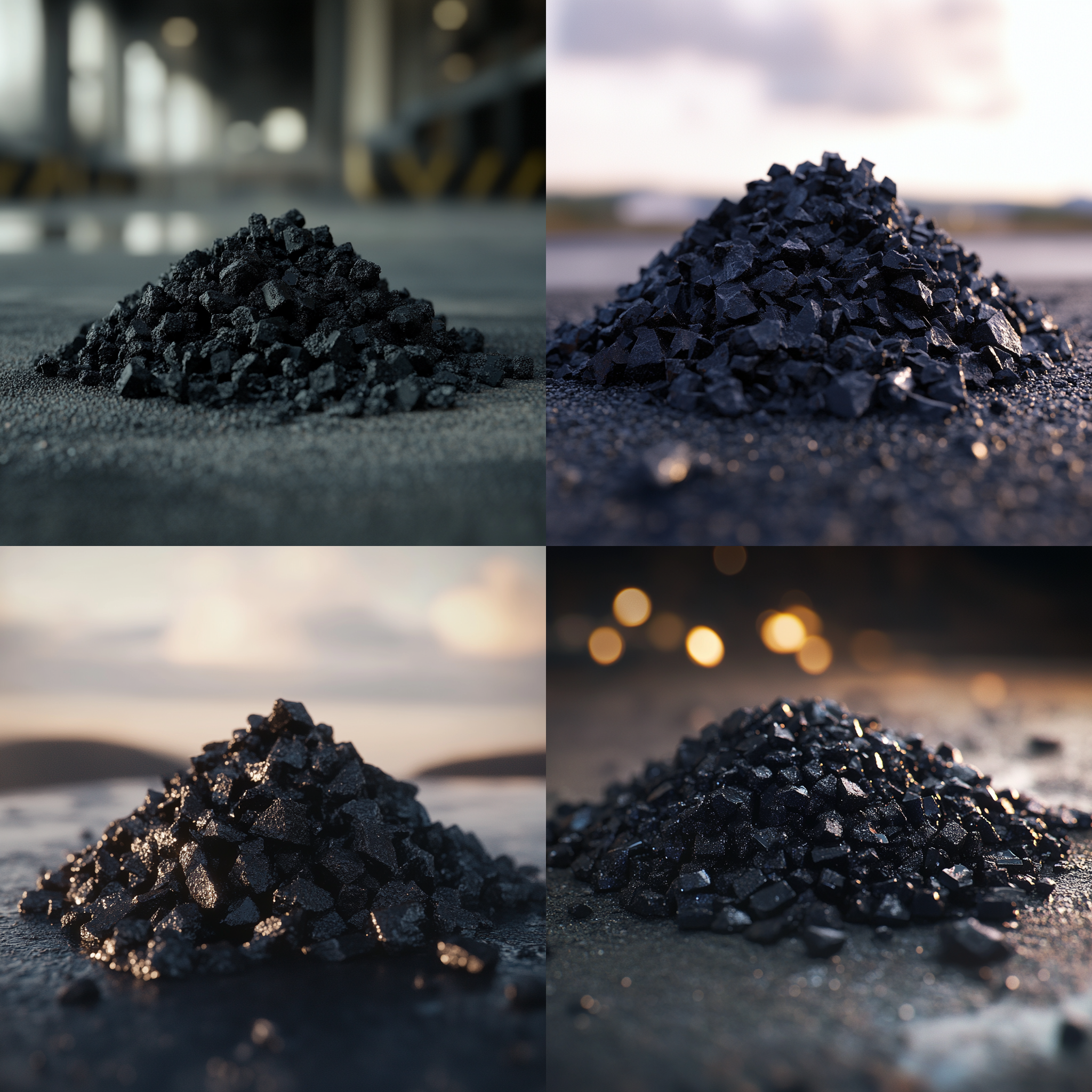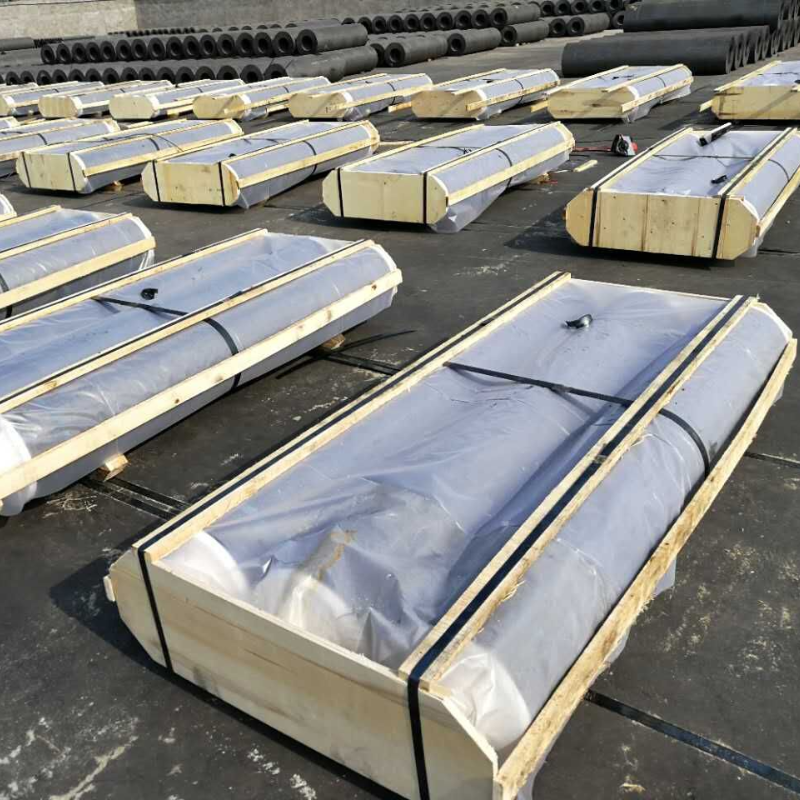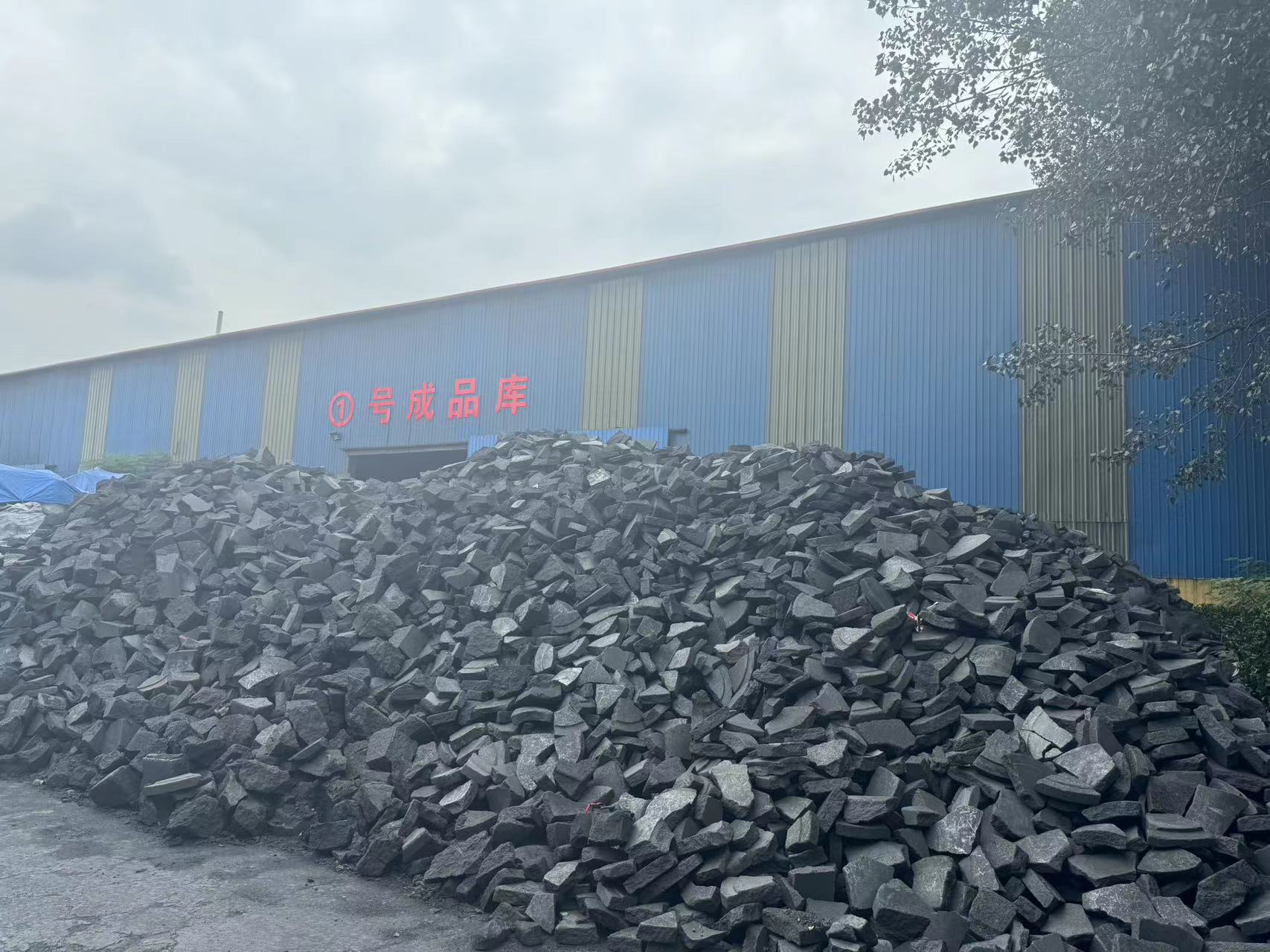When I first started working with graphite electrodes and carbon additives, I thought, “Are they just two sides of the same coin?” Turns out, they’re completely different yet equally essential.
Graphite electrodes conduct electricity in high-temperature furnaces, while carbon additives refine molten metal quality. Both are vital for modern metallurgy.*
Let me walk you through everything I’ve learned about these materials—how they’re made, where they shine, and why they matter.
What Are Graphite Electrodes And How Are They Made?
Picture this—a roaring steel mill, sparks flying, and molten metal swirling. At the heart of it all are graphite electrodes, making it all possible.
- Graphite electrodes are cylindrical tools made from petroleum coke, baked, and graphitized to handle extreme heat and conduct electricity.
Graphite electrodes start with petroleum coke, which is baked to create a dense base material. This is then graphitized at temperatures exceeding 2,500°C, giving it the toughness and conductivity to handle electric arc furnaces. They’re essential for melting and refining steel, thanks to their ability to withstand extreme heat.
Why Are Graphite Electrodes So Important?
- Durability: Withstand temperatures over 3,000°C.
- Efficiency: Excellent electrical conductivity.
- Çok yönlülük: Available in custom sizes for different applications.
| Feature | Grafit Elektrotlar | Carbon Additives |
|---|---|---|
| Primary Role | Electricity conduction | Carbon level adjustment |
| Material | High-purity graphite | Kalsine antrasit kömürü |
| Uygulamalar | Steel and silicon melting | Foundries and casting |
Explore more about graphite electrodes here.
What Is A Carbon Additive, And Why Does It Matter?
Now, let’s talk about carbon additives. Imagine baking without sugar—it’s not the same. For molten metal, carbon additives are that key ingredient.
- Carbon additives, made from calcined anthracite coal, increase carbon levels in steel and iron, ensuring stronger, more reliable final products.
Carbon additives start their journey as anthracite coal. They’re calcined at high temperatures to remove impurities like sulfur and nitrogen. This results in a high-carbon, low-impurity material that is indispensable for casting and steelmaking.
How Are Carbon Additives Different From Graphite Electrodes?
- Purpose: Adjust carbon levels in molten metal vs. conduct electricity.
- Material: Coal-based vs. petroleum-based.
- Cost: More economical than graphite electrodes.
Want to dive deeper into carbon additives? Learn more here.
Where Do These Materials Shine?
Think of graphite electrodes and carbon additives as tools in a toolbox—each designed for a specific job.
- Graphite electrodes power high-temperature steelmaking, while carbon additives improve carbon levels in molten metal.
Graphite electrodes are indispensable for melting scrap and refining steel in electric arc furnaces. Carbon additives, on the other hand, are critical for foundries, ensuring that molten metal has the right carbon composition for casting. Both materials play vital roles in creating high-quality final products.
Applications At A Glance
| Application | Grafit Elektrotlar | Carbon Additives |
|---|---|---|
| Steelmaking | Melting and refining | Carbon content control |
| Casting | Not applicable | Ensures casting quality |
| High-temp Processes | Perfectly suited | Not required |
What Should You Look For In A Supplier?
Over the years, I’ve learned that not all suppliers are created equal. A reliable supplier can make or break your production process.
- A good supplier ensures consistent quality, competitive pricing, and reliable delivery for graphite electrodes and carbon additives.
Choosing a supplier isn’t just about cost. It’s about reliability, transparency, and after-sales support. My factory focuses on delivering premium graphite electrodes and carbon additives tailored to your needs.
What Makes A Supplier Reliable?
- Kalite: Tested, consistent materials.
- Transparency: Clear production processes and updates.
- Support: Dedicated after-sales assistance.
Check out our offerings for graphite electrodes here and carbon additives here.
People Also Ask
Çözüm
Graphite electrodes and carbon additives may serve different purposes, but they’re both essential for modern metallurgy.
Call To Action
Looking for reliable graphite electrodes or carbon additives? Contact me at [email protected] or WhatsApp: Click here to chat.

